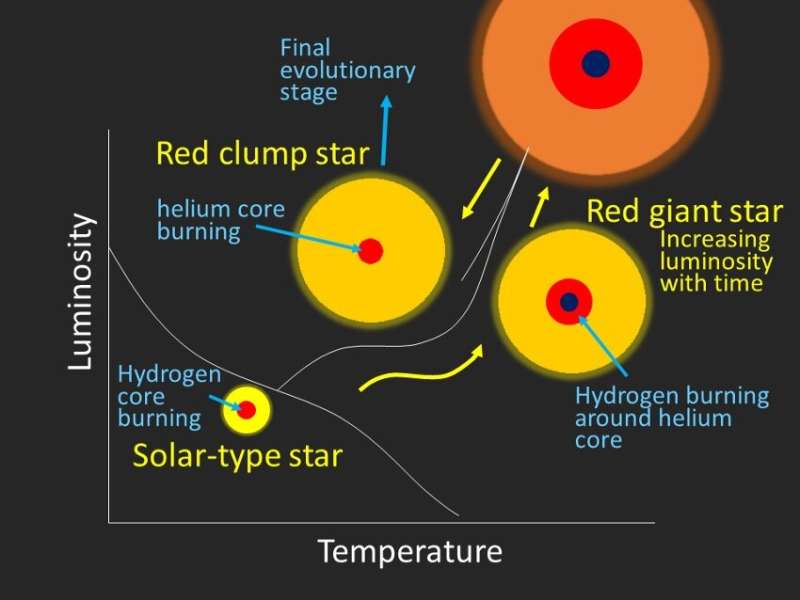

Namely the behaviour of the peak luminosity Which are relevant to our analysis on the occurrence of the dredge-up, 3.1 and 3.2 below we recall and discuss the features Inter-shell convection zone during the flash. Penetrate into the carbon enriched region previously occupied by the ( Wood 1981 Wood & Zarro 1981 Boothroyd & Sackmann 1988d).ĭredge-up takes place if the envelope convection zone is able to Pulse cycle, occurs when the surface luminosity attains its The maximum inward penetration of the envelope convection, over the Provided by detailed calculations of thermal pulses. With, it is necessary to consider some indications about the dredge-up As a result, lower-mass stars experience the first and third dredge-ups in their evolution but not the second.In this section we illustrate the adopted scheme which replaces the

The names of the dredge-ups are set by the evolutionary and structural state of the star in which each occurs, not by the sequence experienced by the star. The result is an increase in the abundance of carbon relative to oxygen, which can create a carbon star. This dredge-up causes helium, carbon and the s-process products to be brought to the surface. The third dredge-up occurs after a star enters the asymptotic giant branch and a flash occurs along a helium burning shell. This second dredge-up results in an increase in the surface abundance of 4He and 14N, whereas the amount of 12C and 16O decreases. When helium fusion comes to an end at the core, convection mixes the products of the CNO cycle. The second dredge-up occurs in stars with 4–8 solar masses. As a result of the convective mixing, the outer atmosphere will display the spectral signature of hydrogen fusion: the 12C/ 13C and C/N ratios are lowered, and the surface abundances of lithium and beryllium may be reduced. The first dredge-up occurs when a main-sequence star enters the red-giant branch. As a result, the fusion products are mixed into the outer layers of the stellar atmosphere where they can appear in the spectrum of the star. A dredge-up is a period in the evolution of a star where a surface convection zone extends down to the layers where material has undergone nuclear fusion.


 0 kommentar(er)
0 kommentar(er)
